17 Facts About Ocracoke Island Lighthouse
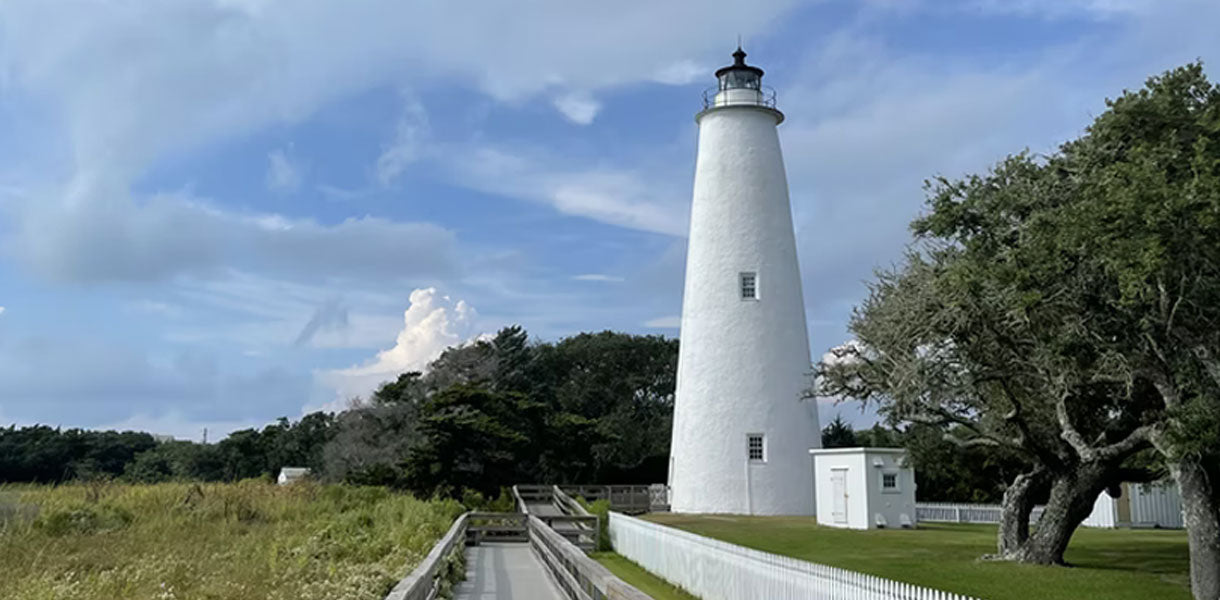
No trip to Ocracoke Island would be complete without stopping by the island's most-photographed landmark! One of several magnificent lighthouses along North Carolina's coast, we've put together a list of interesting facts about Ocracoke Island Lighthouse.
1) Constructed in 1823, Ocracoke Island Lighthouse is the oldest lighthouse continuously in service in North Carolina; and Ocracoke is the second-oldest operating lighthouse in the world nation. If you are curious to know, built in June 11, 1764, Sandy Hook Lighthouse in Middletown, New Jersey, is the oldest in the country.
2) Ocracoke Lighthouse's light boasts 8,000 candlepower, and the structure's beacon can be spotted 14 miles away.
3) How thick are the walls at your house? At Ocracoke Lighthouse, they're 5 feet wide at the base and 2 feet thick at the top.
4) Not nearly as tall as some of the other lighthouses on the Outer Banks, but still an impressive engineering accomplishment - Ocracoke Light stands 75 feet tall. In addition, Cape Hatteras Lighthouse, a ferry ride and a few miles north of Ocracoke Island in Buxton, is the tallest all-brick lighthouse in the country at 198 feet from the ground to the very top of the structure's lightning rod.
5) Soon after construction was completed, Ocracoke Light was covered with a mixture of lime, salt, ground rice, whiting, and clear glue with boiling water applied to the bricks hot to protect the structure's exposed exterior bricks.
6) To reach the top of the lighthouse, you must climb 86 stairs. Unfortunately, few individuals can enjoy the view from the top as this Outer Banks landmark is not open to the public for climbing. Why do you ask? Well, a narrow vertical ladder leads to the lantern; the space around the lighthouse's lens is very cramped, and the structure's brittle brick walls and not-so sturdy staircase are all contributing factors.
7) Management of the lighthouse was transferred from the Coast Guard to the National Park Service (NPS) in 1999. The NPS also manages several other Outer Banks landmarks, including Cape Hatteras Lighthouse, Fort Raleigh National Historic Site, and the Wright Brother's National Memorial.
8) On May 7, 1822, Congress set aside a sum of $20,000 to fund the construction of Ocracoke Light. Noah Porter from Massachusetts got the opportunity to oversee construction, and the federal government purchased two acres of land for the lighthouse to sit. In addition to the lighthouse, Porter was responsible for building the keeper's home. Porter completed the project the following year in 1823 for $11,359, considerably less than the government had budgeted for the project.
9) In 1822, Ocracoke Island resident Jacob Gaskill sold a 2-acre parcel for $50 (equivalent to $1,169 today) to the government for the lighthouse. At the time, Gaskill was Ocracoke's Justice of the Peace and lived very comfortably in a large, two-story home that overlooked the Pamlico Sound.
10) Ocracoke Light survived the Civil War primarily unscathed. However, Confederate troops did dismantle the structure's fourth-order Fresnel lens in 1862 - Union forces later re-installed it the following year.
11) Unless you have a small private airplane or the means to pay for a ride in one, visitors must board a ferry to reach Ocracoke Island.

12) In 1977, the lighthouse was added to the National Register of Historic Places list as Ocracoke Light Station. There are more than 30 landmarks along the Outer Banks that have received a similar accolade.
13) In 1794, the United States Lighthouse Service acknowledged that a lighthouse was needed to guide mariners through the treacherous waters of Ocracoke Inlet. Construction of the first version of Ocracoke Light began on Shell Castle Island, a 25-acre island that's located between Ocracoke and Portsmouth Islands. By 1798, a wooden, pyramid-shaped tower was completed along with a small lighthouse keeper's house alongside the beacon. Unfortunately, the lighthouse was deemed obsolete within two decades due to the shifting of the main channel ships traveled through. In 1818 both the lighthouse and keeper's house were struck by lightning and destroyed in the ensuing fire.
14) Ocracoke Light is not open for climbing. However, you are permitted to visit the site daily and snag as many pictures as you'd like. Visitors can park at the edge of Lighthouse Road, steps from the lighthouse itself.
15) If you ask some area residents, they'll tell you that Ocracoke Light is haunted by one of its old lighthouse keepers. A ghostly older man is sometimes spotted wearing gray striped pants and a white shirt. He has long hair tied back with a black string, and the main has a hearty beard. Legend has it the man will appear as a regular, living person until he walks straight up to and through your body. Creepy!
16) The very first lighthouse keeper was Joshua Taylor, who served in the position from 1823 to 1829. Clyde Farrow, an employee of the US Coast Guard, was the last lighthouse keeper before the beacon was fully automated. She served in that role from 1946 to 1954. At the time, keepers were not permitted to leave the area without receiving permission. Before the lighthouse's beacon was automated, keepers were on duty 24 hours a day, seven days a week.
17) Are you considering a day of lighthouse hopping? Ocracoke Light is 117 miles away from Currituck Beach Lighthouse, 87 miles from Roanoke Marshes Lighthouse, 77 miles from Bodie Island Lighthouse, and 36 miles from Cape Hatteras Lighthouse.
Which fact about Ocracoke Island Light do you find most interesting? Let us know in the comments section below!
Now that you've learned a bit about Ocracoke Island Lighthouse we invite you to visit one of these other articles:



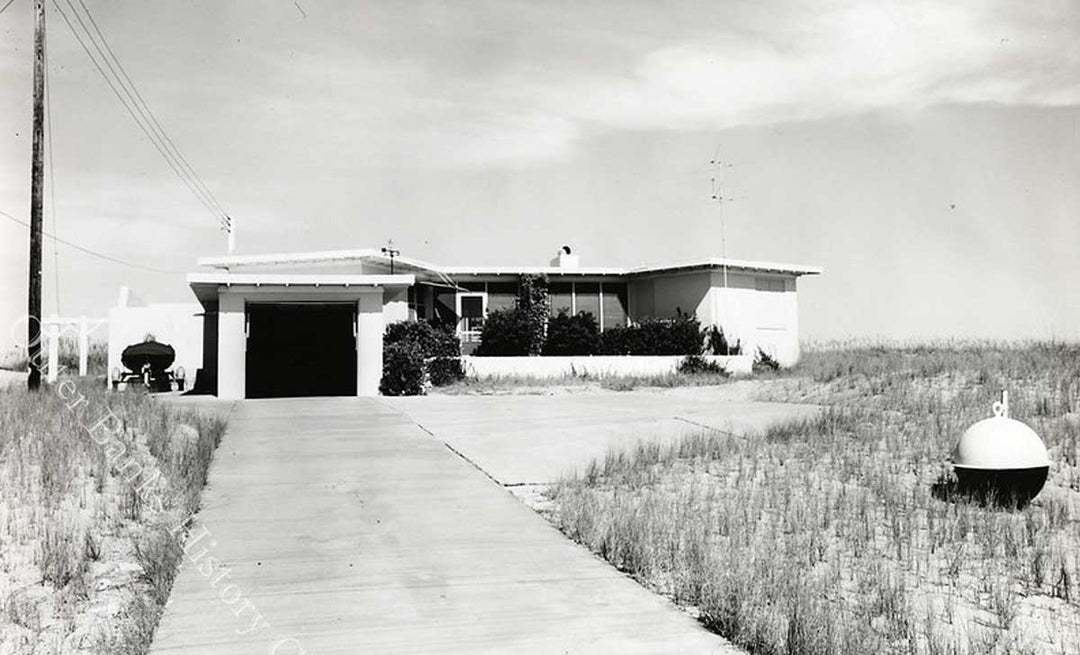

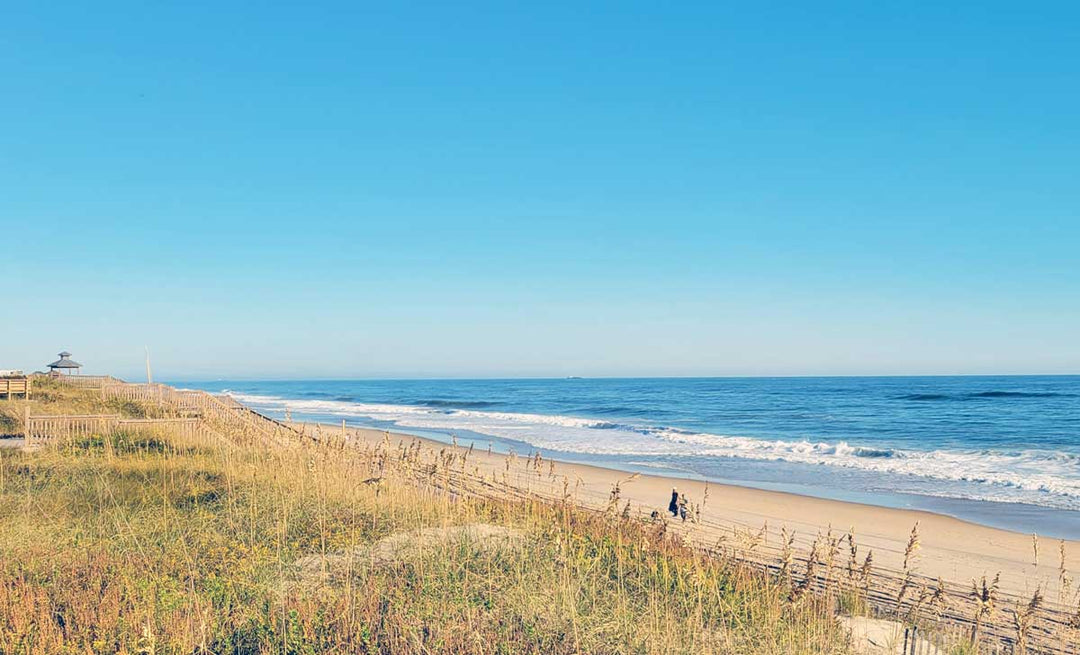
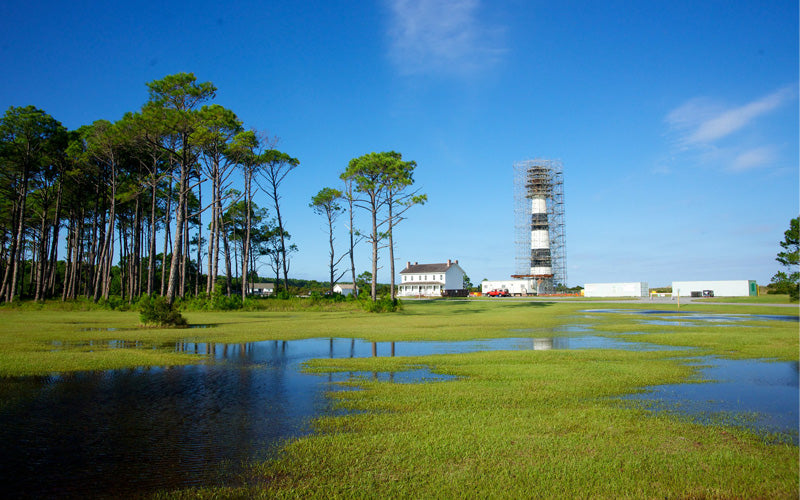
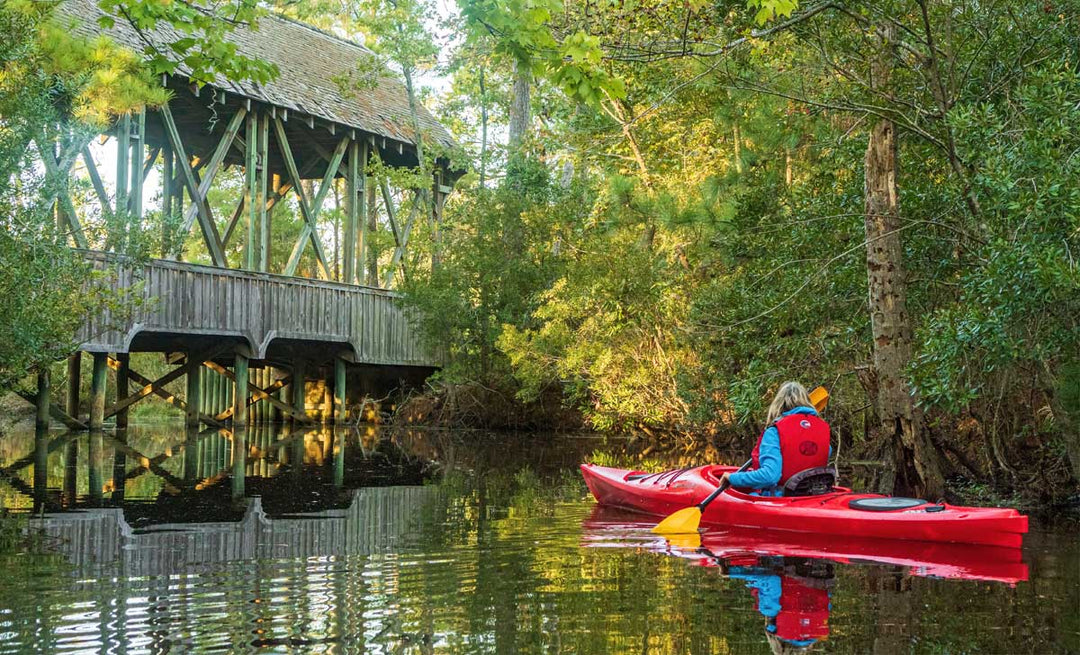
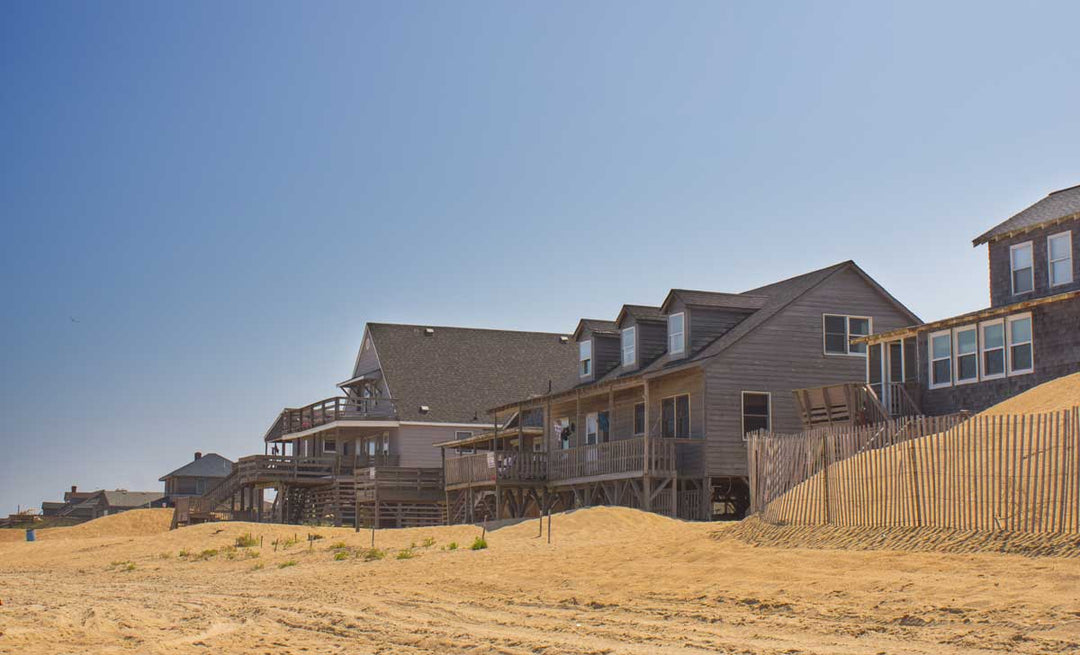
it did not help sorry😔
im doing a project on this (so helpful)
These comments or fact are very helpful for the projects i m doing based on 4 lighthouses in Nc
thank you
As a grandparent in NC researching a project this is extremely interesting and informative facts! Love our state history.
im doing a prodject on this light house and these are the best facts
Leave a comment